It is no secret that plastic pollution is a massive threat to our wildlife.
According to the World Economic Forum, if we keep producing plastic at the rate we are now, there will be more plastic than fish in our oceans by 2050. What a terrifying thought. Especially considering approximately 800 species across the globe have already been negatively affected by plastic pollution. Many of those species are birds. Today, we’re going to take a closer look at how plastic is impacting our bird species right here in Canada and across the world.
Getting Into the Grub
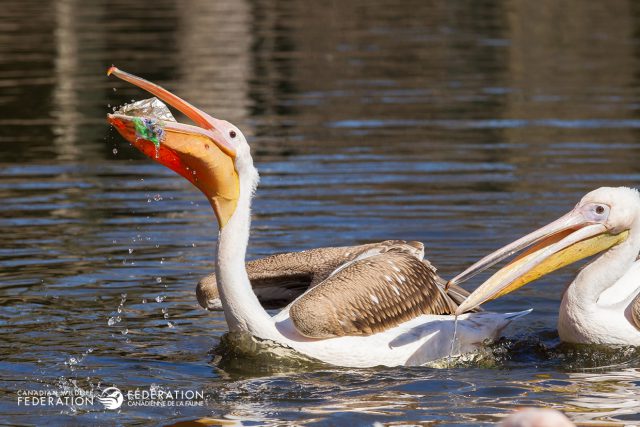
No birds have been affected by plastic as much as seabirds. Scientists began tracking the ingestion of plastic within seabird species 60 years ago. In the 1960s, they found plastic in less than five per cent of the seabirds studied. Just 20 years later, that number increased exponentially. A whopping 80 per cent of the birds studied had plastic found in their stomachs. Today, 90 per cent of seabirds ingest plastic. What kind of plastic are we talking about? All kinds, really! Researchers have found synthetic fibers, plastic bags, bottle caps and more in the guts of seabirds.
It’s no wonder that these birds are declining. A study conducted by the University of British Columbia and the Pew Environment Group found that global seabird numbers declined by 67 per cent between 1950 and 2010. While there are many threats facing seabird species, plastic pollution is certainly a devastating one. When birds ingest plastic, larger bits can collect in the gut, leaving little room for food – essentially starving the birds, while sharp plastic objects can puncture internal organs.
Worming Its Way Into Nests
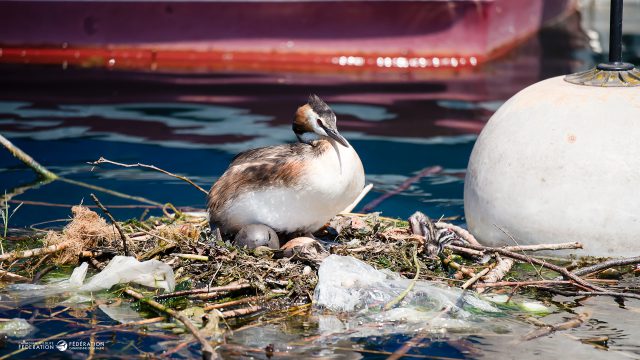
Many birds will gather all sorts of materials to feather their nests. While the most natural bits used include grasses, fur, twigs and more, others include pieces of garbage. These bits of debris are more commonly gathered by birds that live in cities and suburbs. Researchers at Ontario Nature took to Tommy Thompson Park, on the shorelines of Lake Ontario, to document the plastic materials they could find in the Double-crested Cormorants breeding area (the largest in North America). This area not only has the biggest breeding colony of these birds, it is also an Important Bird Area and is meant to be protected. After combing through the ground nests, they found a whopping 1,400 pieces of debris. The most common material found? Soft plastic. They also found metal, electrical wire, packaging material and straws. This is a huge issue for birds considering they can easily become entangled in these materials or even ingest them.
There is so much to be done. The Federal Government is aiming to phase out some kinds of single use plastics, like grocery bags, straws, stir sticks, six pack rings, cutlery and take out containers, by the end of the year. It is also aiming to drastically reduce plastic use by 2030. These things can take time, of course, but time, quite simply, is not on our side (nor is it on the side of our affected bird species).
In the meantime, there are simple swaps you can make in your home to reduce your plastic footprint.
- Swap plastic plates, cups and cutlery for metal or glass dishware and cutlery
- Swap plastic bags for reusable grocery bags
- Swap plastic wrap for butcher paper or reusable containers
- Swap body wash in plastic packaging for a bar of soap
- Swap disposable razors for an electric razor
- Swap synthetic clothing material like fleece, acrylic, lycra, nylon and spandex for natural clothing materials like silk, wool or cotton
- Swap laundry detergent pods or liquid detergent for powdered detergent in bulk

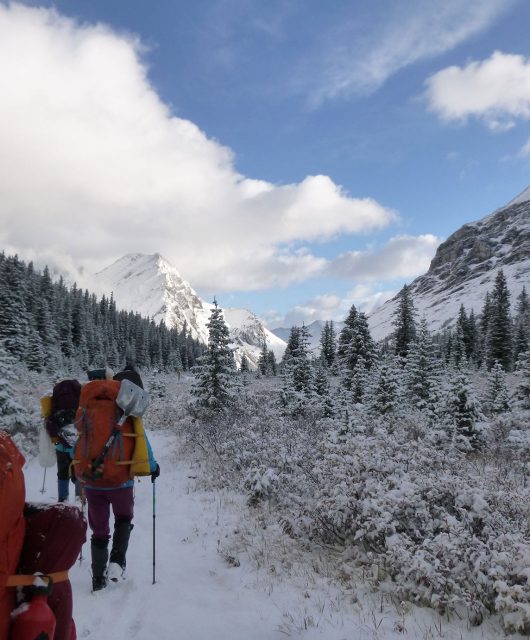

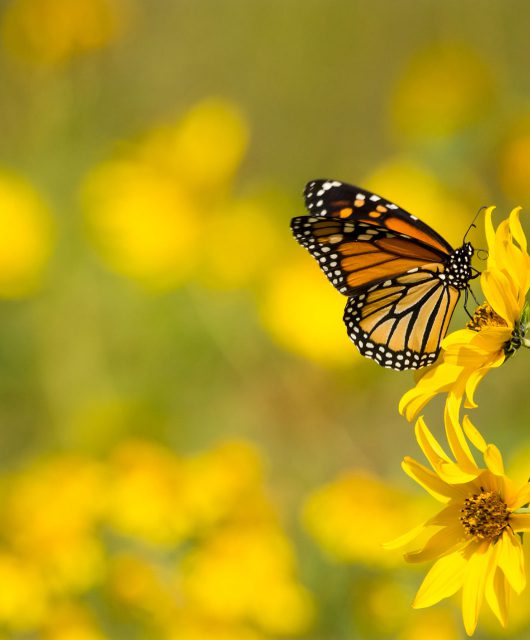
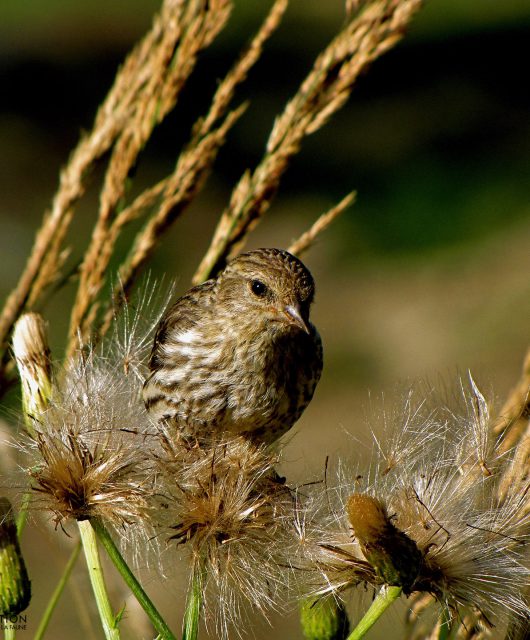
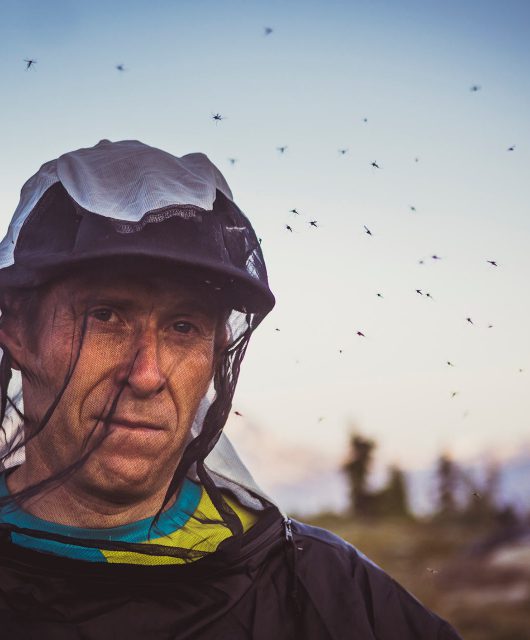
1 comment